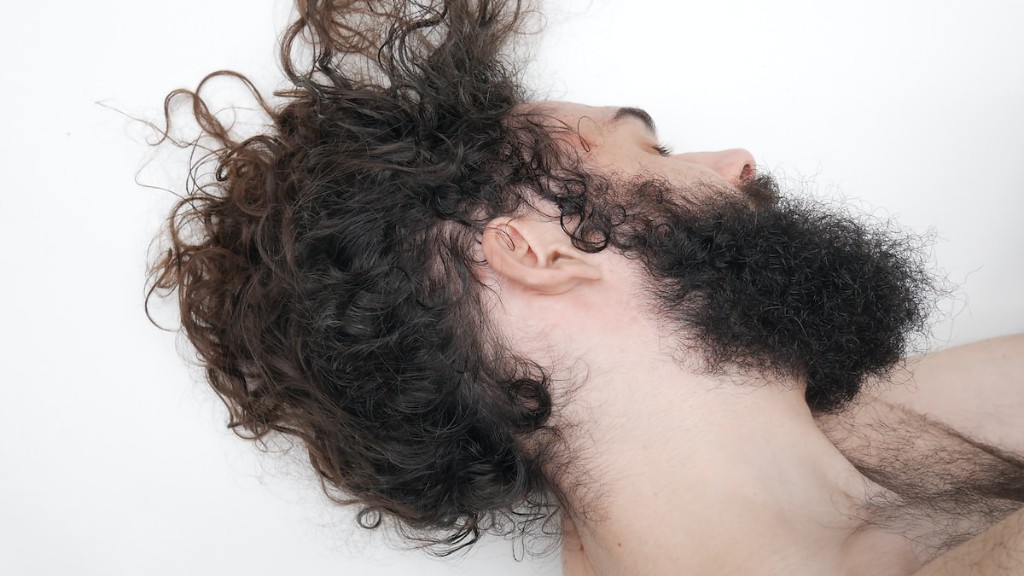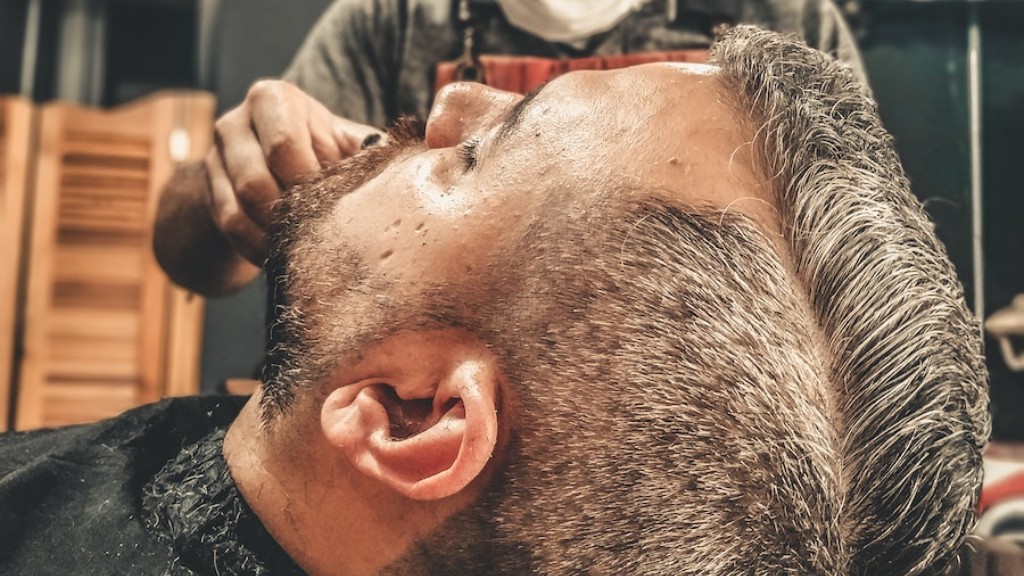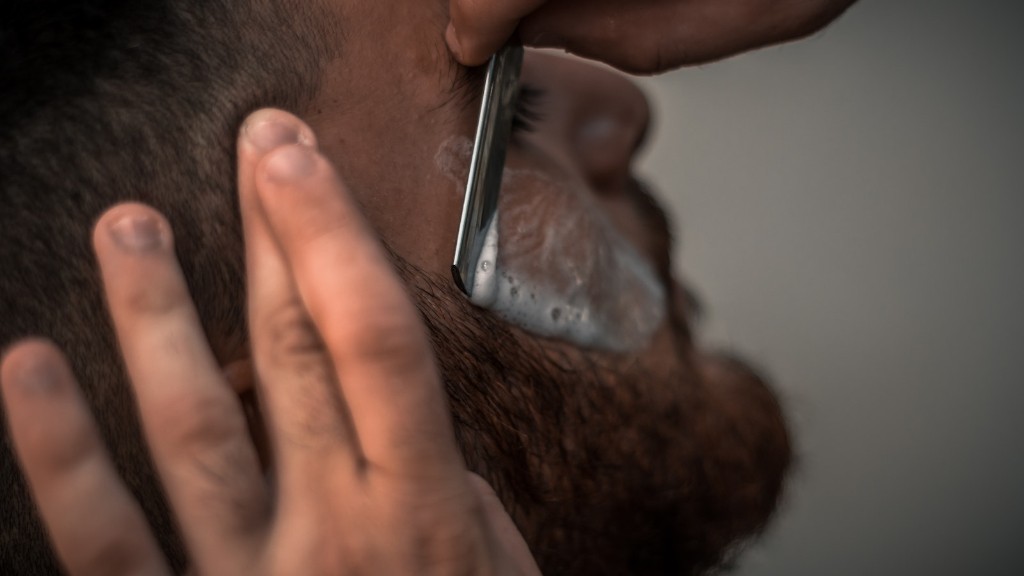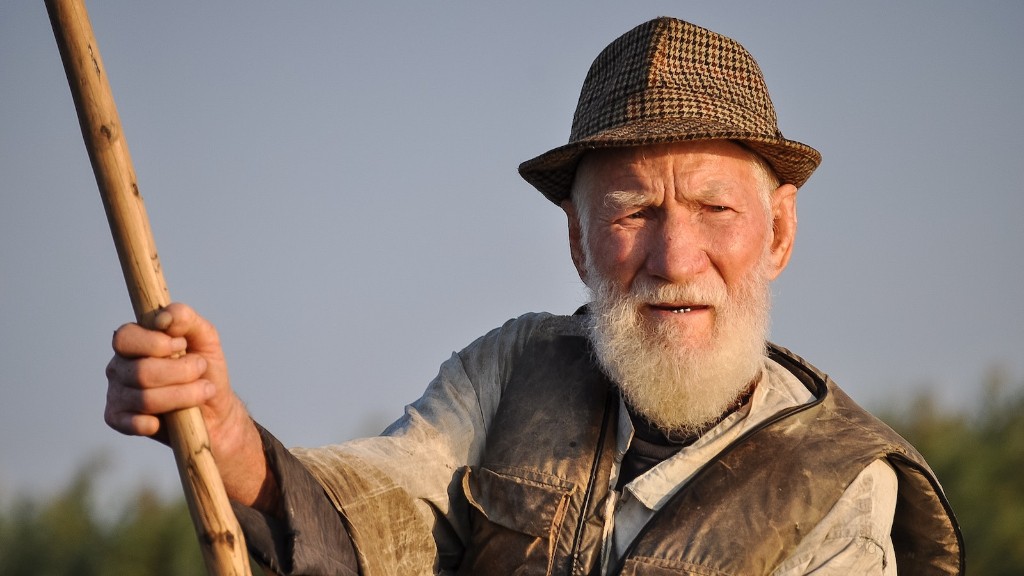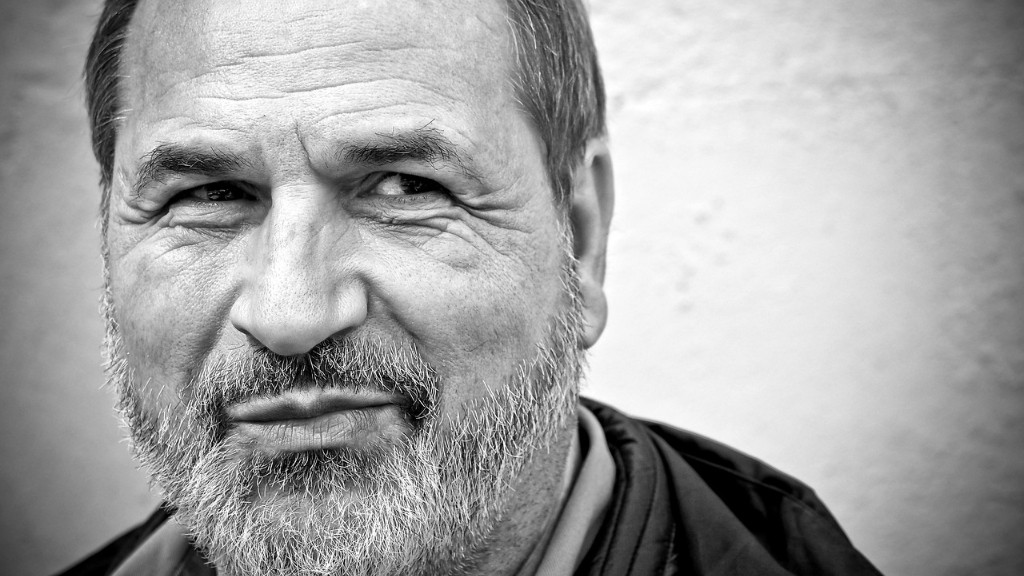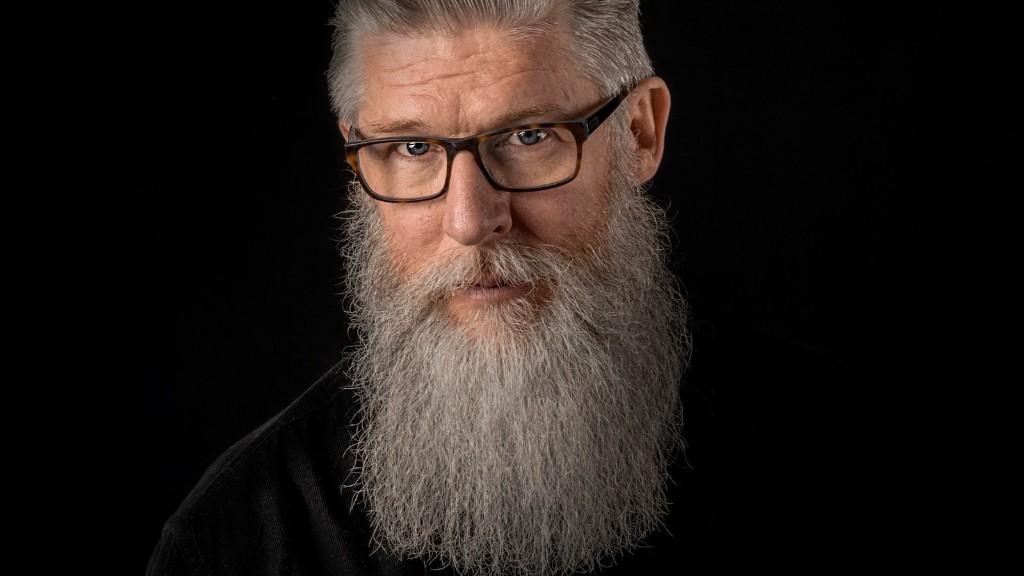There are many reasons why someone might want to grow a beard. Some men feel it makes them look more masculine, while others believe it gives them a more rugged appearance. Whatever the reason, if you are having trouble growing a beard, a dermatologist can help. Dermatologists are experts in hair growth and can provide guidance on the best ways to promote beard growth. In some cases, they may also be able to prescribe medication to help with beard growth. So if you are struggling to grow a beard, don’t despair – a dermatologist can help.
There is no medical evidence to support the claim that a dermatologist can help with beard growth. However, some dermatologists may offer treatments such as minoxidil or testosterone therapy that could potentially promote beard growth.
Can a dermatologist help with facial hair growth?
If you are unhappy with the amount of hair on your body, or the location of the hair, you may want to consult a dermatologist. Dermatologists offer hair removal treatments, which include laser hair removal and a prescription cream that can slow hair growth on a woman’s face.
If you notice a skin problem under your beard, goatee or mustache, you should talk to a board-certified dermatologist. Dermatologists can help you identify the problem and provide treatment options.
How do dermatologists grow beards
If you want to grow a beard, there are a few things you can do to help the process along. First, groom your beard regularly by combing it and trimming it as needed. Second, use a facial moisturizer to keep your skin healthy and avoid touching your face too much. Finally, try to reduce stress, eat healthily, and invest in a topical treatment or beard transplant to make your existing beard more full.
If you are experiencing hair loss and are interested in exploring hair transplantation as a possible treatment option, it is important to consult with a dermatologist who is specialized in this area. An online consultation can be a good way to get started, as you can privately share pictures and discuss your concerns with a professional. However, it is ultimately best to meet with a dermatologist in person to get a full evaluation of your condition. This way, you can be sure that hair transplantation is the right option for you and that you are getting the best possible treatment.
At what age does beard grow fully?
Most men will have a full beard by their early 20s, but some may need to wait until they hit 30 to reach full beard growth. Puberty might initiate the facial hair growing process, but how fast and thick your beard grows will depend on factors that we’ll discuss below, including genetics and hormone levels.
The most common reason some men can’t grow a beard is genetic factors. Some men who have trouble growing beards have turned to beard implants. Although beard implants are now available, they’re expensive and are a surgical procedure. So careful evaluation of the risks and benefits should be considered.
How do dermatologist fix patchy beard?
There are a few different types of products you can use to help style your beard, including balm and wax. Balm is great for taming unruly hairs and giving you a little bit of hold, while wax is perfect for more unruly hairs and creating higher hold styles. You can also use mustache wax to help shape your beard. Experiment with different products to see what works best for you and your beard.
There are no medications that are specifically approved to help improve facial hair growth. However, some medications that are used to treat hair loss, such as minoxidil for men and women and finasteride for men, may be used off-label to help facial hair growth.
How do I fix bald spots on my beard
There are several different medications that can be used to treat hair loss on your beard. Examples of these medications include corticosteroids, minoxidil (Rogaine), and diphencyprone (DPCP). Corticosteroids are anti-inflammatory drugs used to suppress the immune system, while minoxidil is a topical drug used to treat pattern baldness. Anthralin is also sometimes used to treat hair loss.
Testosterone is the hormone that is responsible for regulating and stimulating facial hair growth. In most cases, the higher the level of testosterone, the faster and thicker the beard will grow. However, having low levels of testosterone can negatively affect your beard growth. Dihydrotestosterone (DHT) is also a hormone that can contribute to facial hair growth. In general, the higher the level of DHT, the better the beard growth. However, like testosterone, having low levels of DHT can also negatively affect your beard growth.
Can you train your face to grow a beard?
If you want to train your beard to grow in a certain direction, you need to brush it every day. Washing and oiling it a few times a week will also help keep it healthy and sexy. It takes some manly discipline and patience, but it’s worth it in the end.
Most men cut their beard hair often when there is no growth or patchiness. However, beard hair takes time to grow. If the growth is slow, or there is no growth for a longer period of time, it is necessary to seek a medical practitioner to treat the condition.
Can I get testosterone to grow a beard
There is no one-size-fits-all answer to this question, as the best way to improve beard growth will vary depending on the individual’s hormone levels and genetic disposition. However, for men with clinically low testosterone, taking supplements under a doctor’s supervision may help to increase beard growth. For men with normal testosterone levels, taking supplements is unlikely to have any impact on beard growth. Finally, some men may be genetically predetermined for a scant beard, regardless of their testosterone levels.
Minoxidil is a medication used to treat hair loss and baldness. It is available as a cream or foam and is applied to the scalp twice a day. Minoxidil has been shown to regrow hair in people with low to moderate hair loss. Dermatologists also recommend the treatment for eyebrow and beard growth.
What does a 2 month beard look like?
Beard trimming is an essential part of maintaining a well-groomed appearance. On average, facial hair grows about half an inch every month, so a 2 month beard is typically around an inch long. That means you can start doing some light, careful trimming. But beware of going crazy – overdoing it on the trimming at this point is bad news.
Beard growth and darkness varies from person to person. For some guys, shaving once every few weeks may be okay at first. Others may need to shave every 3-4 days. As you get older and your beard gets heavier, you’ll likely need to shave more often.
Final Words
A dermatologist can help with beard growth by diagnosing and treating any underlying medical conditions that may be contributing to slow or abnormal beard growth. They can also prescribe medications or recommend other treatments to promote beard growth.
A dermatologist may be able to help with beard growth if the underlying cause is a skin condition. For example, seborrheic dermatitis, psoriasis, and eczema can all cause hair loss, including beard hair. If a skin condition is the cause of your beard loss, a dermatologist can prescribe medication to help improve the condition. In some cases, however, beard loss may be due to a underlying health condition, such as an autoimmune disease, hormonal disorder, or protein deficiency. In these cases, a dermatologist can provide guidance on how to best manage the condition.
